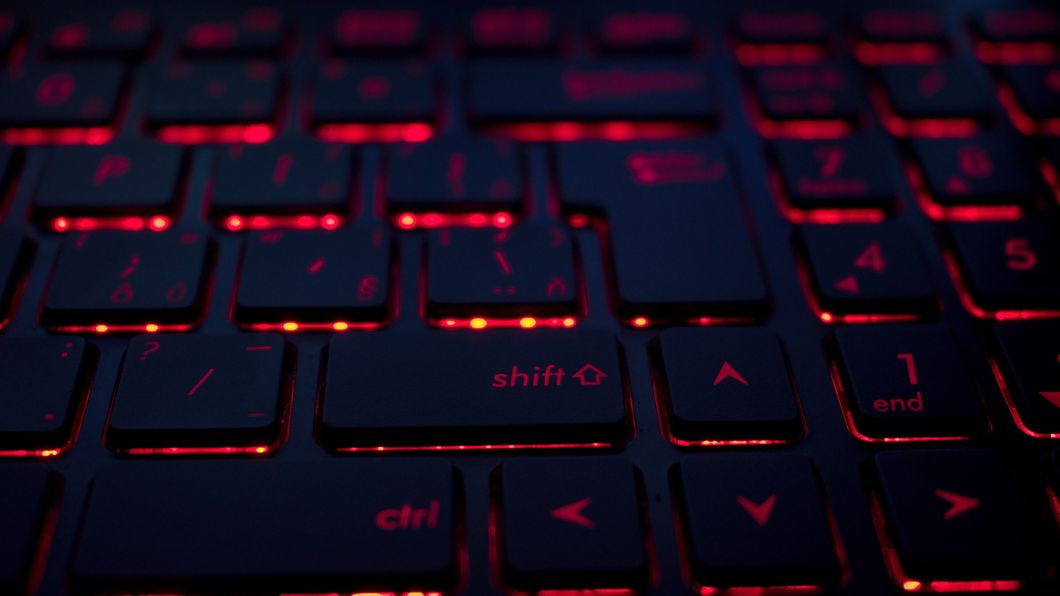As if fake news weren't enough to worry about, there's a new(ish) internet trend that may make you question everything you view through a screen.
About a year and a half ago, the term "deepfakes" became popularized by a user with that name. The premise of this technique is using hundreds of videos and images of a person to superimpose their face into an existing video. The most popular examples of this is one of Jordan Peele impersonating Barack Obama in a PSA about fake news.
If you'd like a more technical definition, Wikipedia defines it as "a technique for human image synthesis based on artificial intelligence. It is used to combine and superimpose existing images and videos onto source images or videos using a machine learning technique known as generative adversarial network".
And I thought green screens were high tech.
One potential problem that could come with this technology is a new way to throw off the 2020 election. It only takes one convincing video of a candidate saying something ludacris for their reputation to be tainted. Educated voting is the backbone of a successful democracy, but in a world where incorrect information is everywhere, that idea could be tainted.
This technique has already been used maliciously. Particularly in the early days of deepfakes, both celebrities and "normal citizens" have found their faces superimposed into pornographic pictures and videos. This particular use of the technology has led to Reddit, Twitter, and Pornhub to ban it altogether.
Imagine your mother being sent a video of you seemingly performing in porn. Or your employer. Your daughter, son, or spouse. If allowed to continue, misuse of this technology could continue to ruin lives.
However, before you throw all your electronics out the window and stay off the grid forever, there is something to take solace in.
This CNN video explains that there is, in fact, a method for tech experts to figure out if a video is a deep fake. People's movements are like "fingerprints", and can be tracked for consistency. By composing these fingerprints, they can determine whether or not the video has been faked.
Should this technology continue to be legal?











